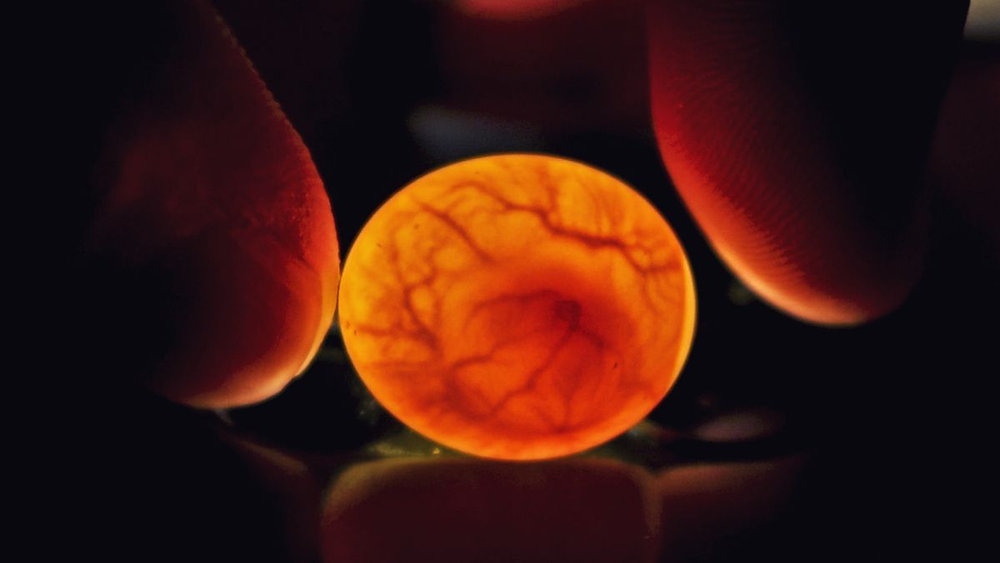The incubating of the 250th California condor chick at the San Diego Zoo denotes a striking achievement for an animal categories that barely dodged termination
A sweep of a California condor (Gymnogyps californianus) egg has uncovered a seldom seen early stage world. The chick is the 250th condor brought forth at an office assisting with bringing back the compromised birds from the edge of elimination.
Like every condor egg laid in the San Diego Zoo Untamed life Partnership’s reproducing program, this one was firmly checked by veterinary staff to guarantee it was developing ordinarily. As a component of these normal check-ups, specialists “candle” the creating eggs by putting a light against the shell to really look at the place of the chick inside.
All eggs have an air pocket inside, however this one was in a surprising position, which recommended the chick was distorted. Such a position can hurt its possibility incubating effectively. The group chose to do a processed tomography (CT) sweep to look inside the shell – something they have needed to accomplish for past eggs, as well.
“We can see the skeleton and air pockets in the egg,” says Nora Willis at the San Diego Zoo Natural life Partnership. “I’m actually amazed by it.”
To their help, the output uncovered that the chick inside was doing fine and dandy. The condor chick even began “pipping” – one of the beginning phases of getting through the shell. The group returned the egg to its home, where its folks assisted the youthful bird with bring forth on the morning of Walk 16. The group named the chick Emaay (articulated “eh-my”), a word for “sky” from the language of the Kumeyaay, a Native group of California.
The portal of the new chick, whose sex not set in stone, denotes a striking achievement for the species, which barely sidestepped elimination. The chick’s dad, Xol (articulated “opening”), was one of only 22 condors making due during the 1980s that was brought into the rearing project. “It’s similar to a round trip second,
